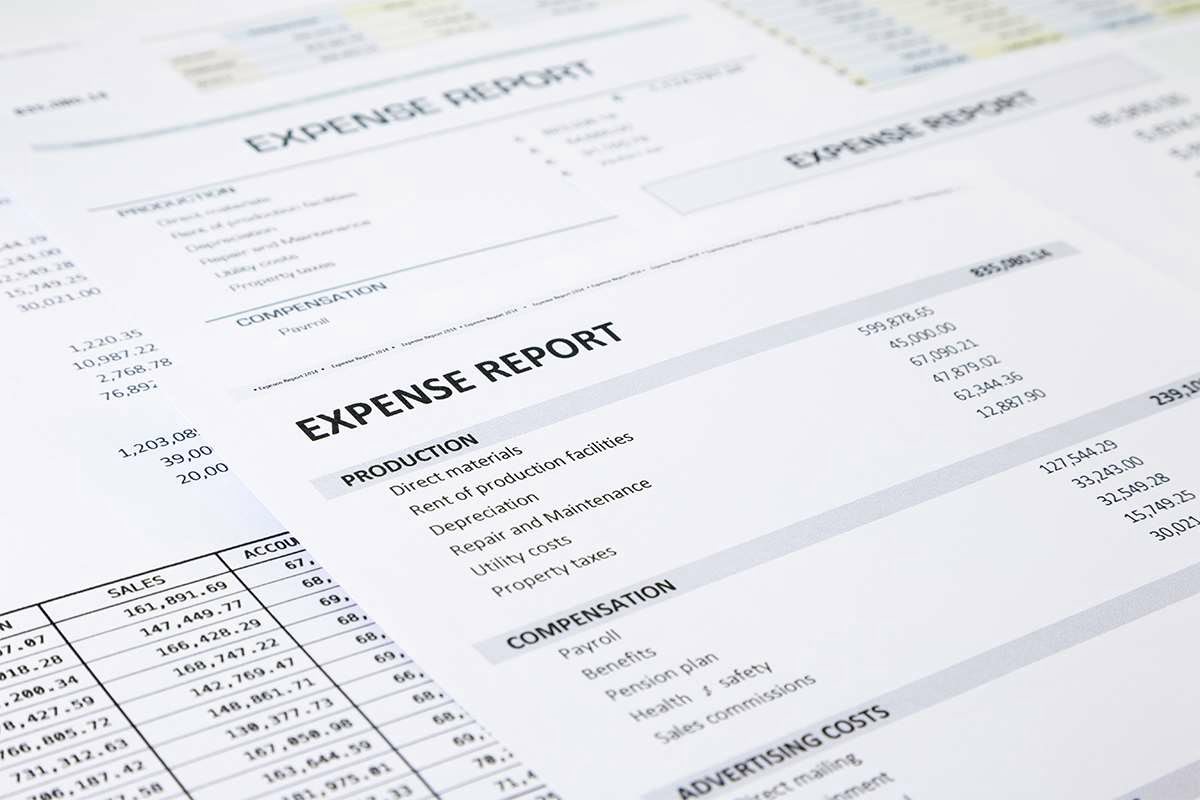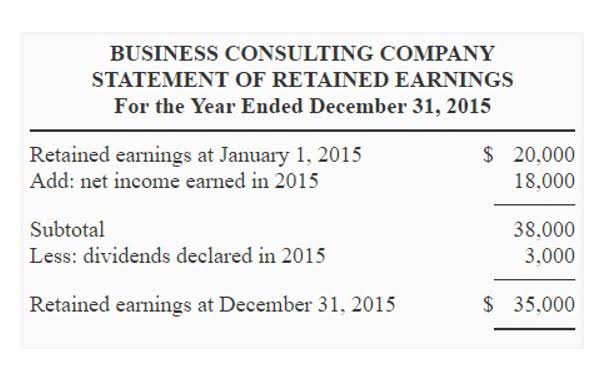
Poor cash flow and lost revenue are the results of poor Accounts Receivable Management. Accounts payable are the bills the medical office has to pay to suppliers for goods and QuickBooks Accountant services. Accounts receivable is the money the office expects to receive from patients or insurance. Managing both well helps keep the office’s finances balanced and operations smooth. Accounts payable also play a critical role in maintaining accurate financial records. A medical office needs to keep accurate records of its accounts payable to ensure that it can prepare factual financial statements.
Frequently Asked Questions About Medical Office Accounting

And as the accounts payable are the amounts medical practices owe to the suppliers or vendors. Suppliers may also decrease their level of services, hence seriously affecting medical offices. In the simplest terms, accounts payable is the money a medical office owes to others, like suppliers, service providers, and other partners who help the office function daily. Managing AP effectively helps the office maintain good relationships with vendors and keep essential supplies stocked.
Services
AR refers to the money owed to a healthcare provider for services rendered but not yet paid by insurance companies or patients. You can charge your patients upfront to avoid accounts receivable altogether. When you collect payments at the time of the care service, you eliminate the need for post-appointment invoicing, accelerating the reimbursement process. The longer an account goes unpaid for services rendered, the more likely it is that an account will never be paid. Therefore, ARs do not necessarily count as revenue even though there is obviously money owed. Research indicates that a provider can expect roughly 10 cents per owed dollar with any account beyond 120 days old.

Dyslipidemia ICD-10: Complete Coding and Billing Guide
On the flip side, accounts receivable is all about the money the office is owed, usually from patients or insurance companies. It’s the revenue that keeps the office financially healthy, allowing it to cover expenses, invest in new equipment, and grow the team. When AR is delayed or poorly managed, cash flow can quickly become a problem. Anytime you sell goods or services to customers on credit, you increase your accounts receivable balance.

EQT’s Appalachian Gas Driving Sustainable Growth
A well-structured communication system, complete with automated reminders and tailored messages for timely payments, can go a long way in expediting the payment process. This metric represents the average number of days it takes for a medical practice to collect payments from the time a patient is billed. It serves as a measure of collection efficiency, and a lower number is often indicative of a more efficient medical billing process. Staffingly, Inc. provides comprehensive healthcare outsourcing services to Doctors, Physicians, Hospitals, Pharmacies, and MSOs, helping streamline operations while saving up to 70% in staffing costs. On the other hand, accounts receivable refer to the amount of money owed to how do accounts payable and receivable affect a medical office the practice by patients or insurance companies for services rendered.
- When AR is delayed or poorly managed, cash flow can quickly become a problem.
- Cash flow, credit ratings, and supplier relationships are all crucial facets of a successful healthcare business.
- Any delays in this process results can result in delinquent payments, reduced cash flow, and even the ability to eventually collect on the invoice.
- Once the invoice is paid, your accounts payable liability balance is reduced.
- Organizations in the healthcare industry cannot afford to miss payment windows.
- This guide explains these concepts, their importance, and how to manage them effectively to support your business’s bottom line.
Unnecessary write-offs will be reported as financial losses for the facility, leading to bad debts. Inefficient AP processes, including the use of paper checks, can also put your organization at greater risk of fraud – something most healthcare organizations strive to avoid at all costs. Set Clear Payment Terms with PatientsLet patients know about billing policies upfront, including due dates, to encourage timely payments and avoid misunderstandings. Any delays in this process results can result in delinquent payments, reduced cash flow, and even the ability to eventually collect on the invoice.

Why Good Accounts Receivable Management is Key:
Train Your TeamHaving a team that understands AP and AR best practices can make all the difference in reducing errors and improving financial performance. Conduct Regular Financial Check-insFrequent check-ins help spot issues early, keep balances accurate, and allow you to adjust strategies as needed. Use Technology to Streamline ProcessesFrom billing softwares to automated reminders, tech can reduce the workload and make AP and AR easier to manage. Patient Payment DelaysPatients sometimes face unexpected financial burdens, and without clear communication, they may be slow to pay their portion of the bill. When both are running smoothly, the office has a steady cash flow and can focus on growth rather than just getting by. Accounts receivable is money owed to your business from your customers who have been extended credit terms.
- The RCM industry experts recommend healthcare organizations maintain their average days in accounts receivables to 35 days or less to ensure a steady cash flow and healthier revenue cycle.
- Start by implementing clear systems, leveraging automation, and reviewing reports regularly to achieve financial stability and drive growth.
- Browse hundreds of articles, containing an amazing number of useful tools, techniques, and best practices.
- In this example, the provider billed 20 encounters and 17 of them were successfully processed by the insurance company.
- This provides a snapshot of overdue payments and can help identify potential collection issues.
- In Revenue Cycle Management (RCM), AR is a vital KPI (Key Performance Indicator) that reflects how effectively a practice converts billed services into revenue.
- Simply put, AR is the money that is “in transit” billed but not yet collected.
- It may cause problems in running the office and affect the care patients receive.
- Accounts Receivable (AR) refers to the money owed to a healthcare provider for services rendered but not yet paid.
- AR Days (Days in Accounts Receivable) measures the average number of days it takes a provider to collect payment after services are rendered.
We may receive compensation when you click on links to those products or services. The information presented in this article is accurate to the best of our knowledge at the time of publication. However, information is subject to change, and no guarantees are made about the continued accuracy or completeness of this content after its https://grupascout.pl/2022/06/28/what-is-depreciation-definition-types-and/ publication date. Optimize your cash flow with our suite of financial tools designed for AR professionals. Having static goals unrelated to revenue produced creates tension in some cases where none is called for, and celebration in other instances where team members should be checking for issues blocking cash.
How to Recognize the Warning Signs of Financial Trouble in Your Business
By collaborating with medical accounts receivable companies (medical billing specialists) such as HelloMDs, health provider organizations can overcome the hurdles to effective billing. Delight your patients and increase your financial stability with swift services by HelloMDS. While managing accounts receivable for medical practices can be complex, it’s a critical component to maintain the financial health of the practice. In this era of technological advancement, tools like invoice reminder software, prompt payment discounts, and late fee software can be effective allies in managing your AR process smoothly.
